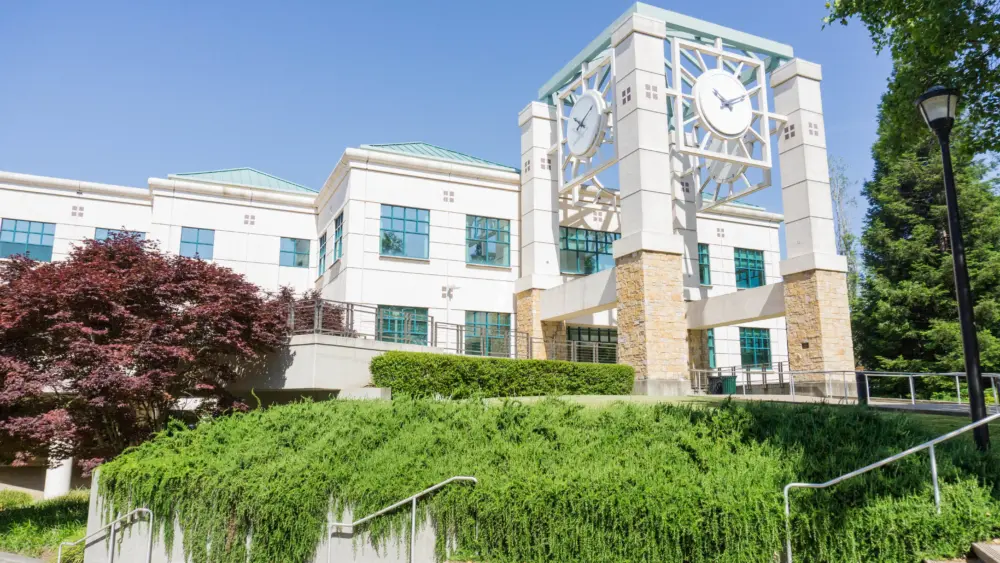There’s a deep and ancient connection between human well-being and harvest time. In ancient agricultural societies, essential health and wellness—in fact, survival itself—hinged upon the bounty that came with the autumnal harvest. The harvest festival was a punctuation mark in the yearly cycle of life; it marked the division between the unceasing labors of the spring and summer and the comparative idleness and expected scarcities of winter. It was a time of rest, recuperation and balancing of life, both in work and play.
As with the weighing out of harvest crops and determining equivalency with a balance scale, learning the state of one’s life also involved the concept of a balance. The connection between the stuff of life provided by the harvest and well-being was clearly appreciated in ancient times according to written and oral traditional histories.
In ancient Greece, more than 3,000 years ago, Demeter (Ceres to the Romans), goddess of agriculture and the harvest, was honored at harvest time by a series of ceremonies and rituals (the Eleusinian Mysteries) over a span of 10 days beginning with the seventh new moon following spring planting (May Day) or the first new moon following the autumnal equinox. This places it in mid to late November and arguably established the tradition that followed over centuries in western cultures of giving appreciation and thanks for the bounty of the earth.
Thanksgiving, as celebrated in America and Canada, can be thought of as a lineal descendant of a long-practiced tradition. Demeter wasn’t one of the Olympian pantheon and, according to scholars, most likely was a more ancient, pre-Hellenic deity who was worshipped for centuries or millennia as a manifestation of the earth mother or goddess in matriarchal agrarian societies throughout Asia Minor and the Mediterranean basin.
Demeter and Aesclepius
There’s an ancient connection between the earliest forms of healing and the largesse of the earth. Aesclepius, a legendary physician and healer of extraordinary talent, may have been a real historical figure, and arguably was the founder of what later became western medicine long before Hippocrates came on the scene. The ancient symbol for medicine and physicians, the staff with entwined serpent (sometimes called the “caduceus”) in fact originated with the cult and school of Aesclepius.
What may have been the largest active “wellness center” in the ancient world (at more than 150,000 square feet, perhaps the largest of all time) for more than 2,000 years through the last days of the Roman Empire was called the Aesklepion and was located in the ancient crossroads city of Pergamon in Asia Minor. Besides being a healing center, it was a teaching institution on a level that made it the Harvard Medical School of the ancient world.
Much of what constituted medical training in those days was inaugurated or codified by Aesclepius and was very similar to modern wellness practices. These were mostly focused on helping people attain a healthy balance in life, which they believed would self-correct most diseases, and wellness would follow.
The methods practiced by Aesclepian healers included many approaches that, curiously, echo the thrust and emphasis of the modern wellness movement. Among these were counseling and a form of psychoanalysis leading to healing self-knowledge, stress reduction, correcting imbalances in life energy, meditation, medications, herbal remedies, sleep therapy and dream analysis (shades of Karl Jung!), drinking of fine wines and medicinal poppy potions, exercise, massage, drinking and bathing in mineral waters and the development of healthy dietary habits. What Demeter provided in abundance and varieties of foods, Aesclepius learned to employ therapeutically for the relief of human suffering, the promotion of wellness and the restoration of life balance.
Over time, this wisdom, and Aesclepius himself, were raised to divine status. In homage and thanksgiving, the entirety of the fourth day of Demeter’s festival was devoted to honoring Aesclepius and celebrating wellness. Thus, the essential link between harvest bounty and wellness was explicitly understood and celebrated. It would be great if we could hold onto these basics in our own day and age rather than regard harvest as just another economic event.
At the core of Aesclepius’ teaching was the discovery and maintenance of the best balance you can achieve. The harvest season is, therefore, an ideal time to take stock of what you’ve been given, to meditate on your state of being and that of your business or profession. It’s a time to frankly assess if your life and your enterprise—which can certainly be the core of your life—are in a healthy balance.
A proper and healthy balance
Many people carry the misconception that balance is a stress-free and static state of blissful existence. Au contraire, balance in life—as it is on the tightrope—is always a dynamic affair. Everything around us is changing constantly as are we. Assessing the balance of a business is as easy as collecting good data or studying appropriate financial reports. Assessing balance in a human life is not so straightforward but can be done to a fair approximation. This month’s column isn’t meant to explain in detail how this assessment is made, only to gently suggest that, as in days of old, harvest is a good time to really think about the balance in your life and to begin developing a sense of whether you’re mostly satisfied, happy and healthy in that balance. Or, do you have the sense that things are basically awry and that you’re unhappy and less than healthy in your present situation?
We live in an age, and a place, that gifts us with what, to the vast majority of humans who ever lived, would seem like a superabundance of material goods and essential wealth. We personify affluence, super-sized. Elsewhere, in much of the world outside our momentary island that is “The Land of the Free,” there is wretchedness and misery in seeming superabundance, which we know from it being thrust in our faces daily by a surplus of media and communication channels that extend into most waking moments of our daze. Are we in balance or not? Do you feel the equipoise of your personal balance of work and recreation, public and personal time, and fulfillment in the most important things you do?
If your answer is yes, you have great cause for thanksgiving and celebration. Take a definite moment—in fact, make it a celebration—to recognize your own harvest and declare a thanksgiving for your personal bounty of well-being. Even if you don’t clearly feel a comfortable balance in your life, make it a part of your own personal harvest ceremony to tally the positives and create a punctuated moment to appreciate it all. Then recognize what’s out of balance in your life and take the challenge of changing that in the coming year. From this conscious acknowledgement of your personal bounty will come a better sense of where your balance lies and will indicate a direction in which you can begin to create better balance during the coming cycle of seasons.
Harvest isn’t solely in the fields and in the market; it’s also in the mind and spirit.



